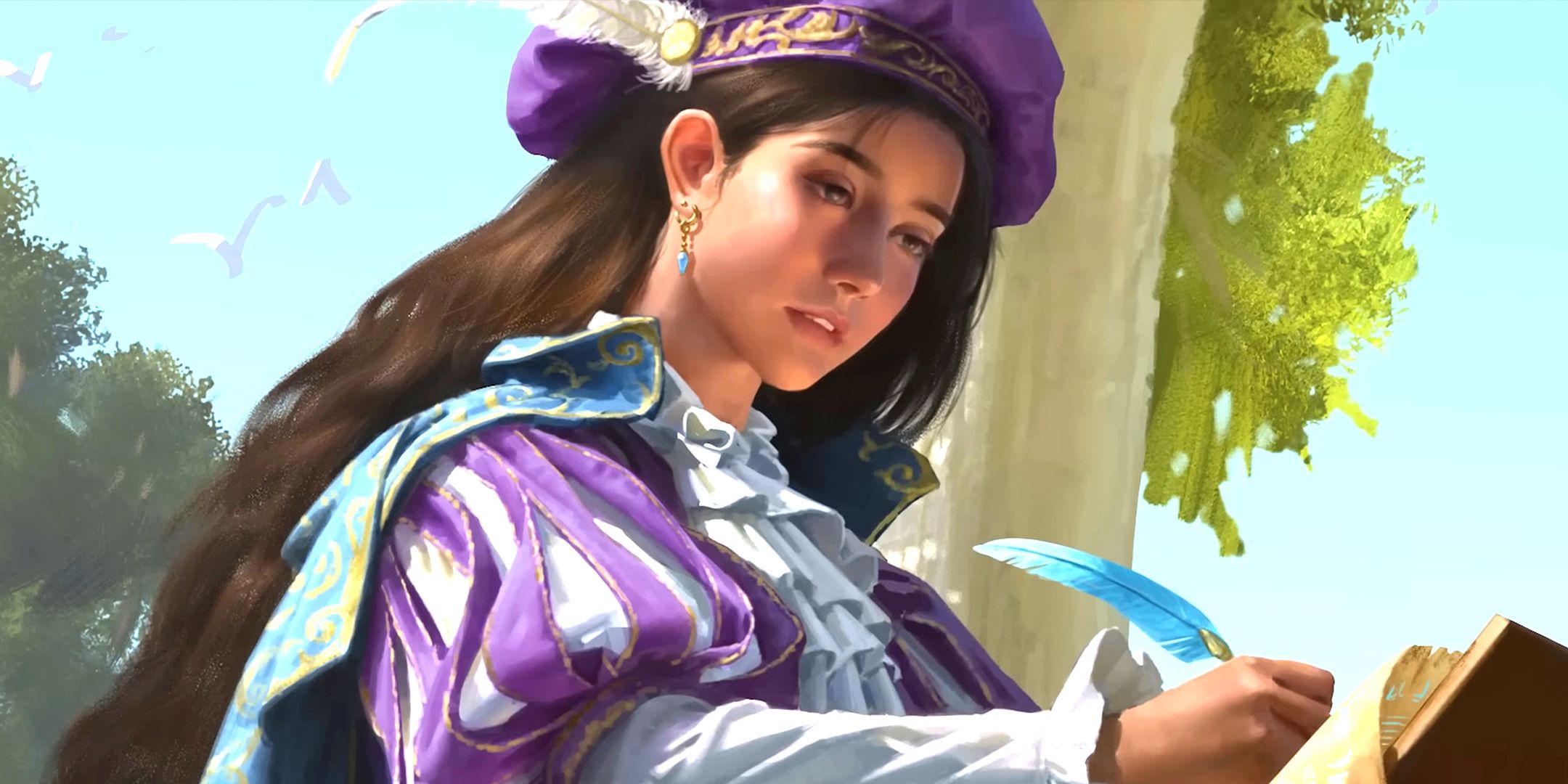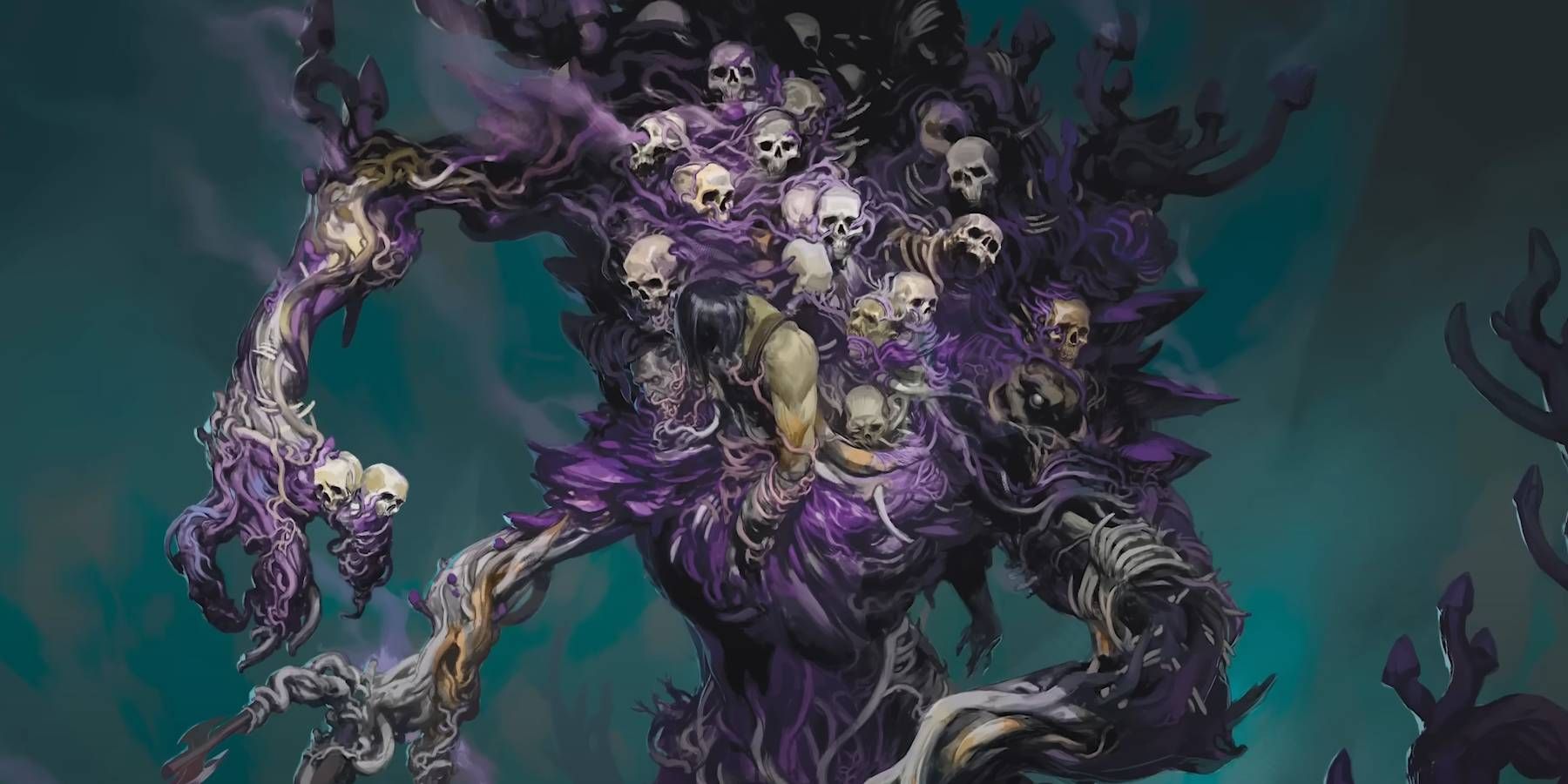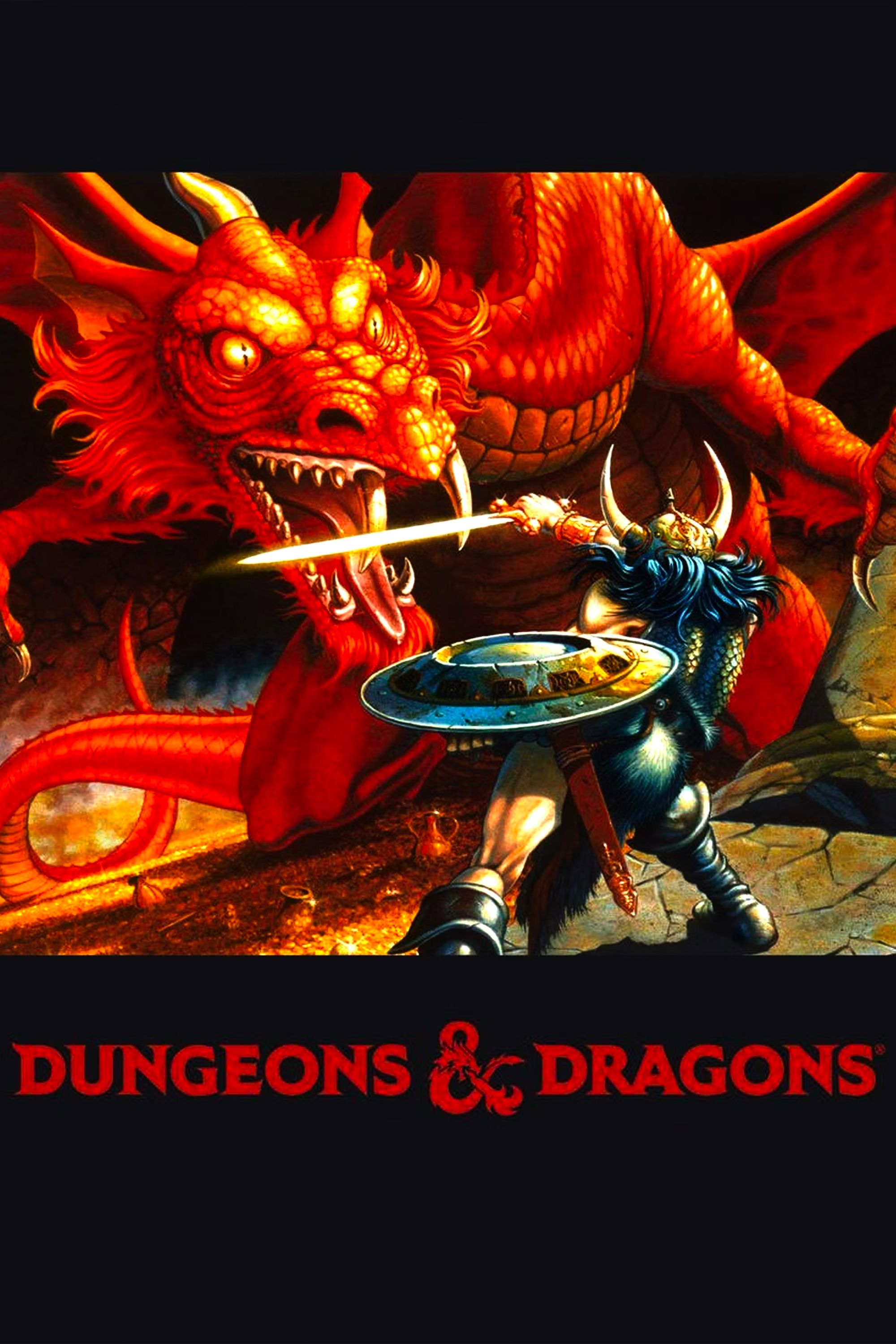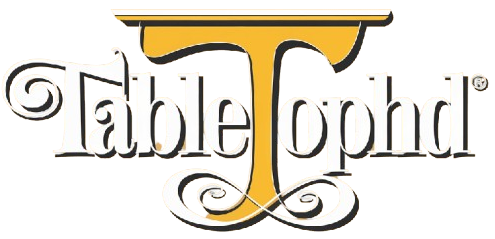A powerful mechanical character and deep roleplaying are not mutually exclusive in Dungeons & Dragons. Among my favorite characters in most editions of the rules are those that are first built around features but still have a strong story and personality. For instance, making a Half-Orc Wizard for Relentless Endurance to shrug off near death can be great for roleplaying if you have a strong reason for how such a typical chaotic species became versed with magic.
Using stats-first character creation makes it easier to avoid common clichés and tropes with D&D. Gone are most of the everyday Human Fighters wielding a sword and shield who simply want to have adventure. Instead, players will often pick more exotic choices like Hobgoblin or Aarakocra species, highly focused subclasses, functional feats, and several options from Unearthed Arcana playtests. But, as always, make sure the DM is okay with these choices or that they’re legal for Adventurers League when opting for organized play.
Justifying Min-Max Builds Can Lead To Great D&D Characters
Start With The Gameplay To Make A Story
One of the most obvious aspects of a D&D character is their full spectrum of six Ability Scores. The impact of the score distribution can vary depending on whether a group used an array, point buy, or rolled 4d6 for scores. Still, when min-maxing, people are looking for ways to get a 20 in their primary stat and maybe dumping one stat to as low as 3. The quickest way to do so is with stat bonuses from a species.

Related
D&D: Every Character Background In The 2024 Player’s Handbook
Character backgrounds are more important than ever in the Dungeons & Dragons 2024 Player’s Handbook, and there’s a large selection to choose from.
In one possible example, a player wants a brutal melee cleric in the D&D party and goes with centaur because they gain +2 strength and +1 wisdom. The player wants them to have acrobatics and perception skills, so they go with the sailor background. These all seem like weird narrative picks, but the beauty comes from fully realizing this Cleric’s full potential in D&D. How did a half-horse, half-human wind up both within the clergy and sailing the open seas? Which occurred first, or did they happen to worship a water deity like Poseidon?
Making A Set Of Functions Doesn’t Make The Character Bland
You Can Add Personal Flavor To A Block Of Stats & Feats
Sometimes I wind up picking a set of specializations or roles that are mechanically sound but seem contradictory at first glance. Even the iconic hero Minsc is oddly a Ranger in Baldur’s Gate 3. In the end, it is possible to add all sorts of flair or have the character still make sense. While playing through the 2016 edition of Curse of Strahd, it was apparent that I would be the main healer for our group of six players. I went with the Druid Circle of Dreams subclass simply for the on-demand healing power of Balm of Summercourt.
From having this Circle, I saw that I would learn Hearth of Moonlight and Shadow at level six, which obscured the party during rest. Since I was downtime-focused, I opted for the Gambler background for the Never Tell Me the Odds feature. When sitting in my Druid nature bubble, I could check with the DM about the chances of success with the party’s future plans.

Related
One Homebrew D&D Ruleset Could Be The Perfect Alternative To A Years-Long Wait
Homebrew Dungeons and Dragons campaigns have always been popular, and one setting might be perfect to alleviate an years-long wait.
Upon looking at the Druid’s weapon proficiencies, I saw that they had very limited ranged options in D&D Fifth Edition. I knew I wanted a longbow, so I chose Elf entirely for Elf Weapon Training and then further opted for Wood Elf for Mask of the Wild’s ability to more easily hide. So, for the start of this campaign, I had a forest-loving sharpshooter who also had a knack for portability and games of chance. That contrast helped my Druid to stand out among typical spell casters in D&D.
Roleplaying Unorthodox Characters Can Be Funny & Memorable
A Mechanical Heavy Character Can Standout By Getting In Their Mind
With so many contrasting aspects of a character, the real challenge is consistently bringing them to life in live sessions of D&D. When it’s a player’s turn to speak and roleplay, there are a lot of opportunities to go into more than a monotone delivery or sticking to third-person like the character is in a video game or novel. Even with a stat-first build, it becomes exciting to get inside the head of the character and understand their thoughts and mannerisms.

Related
D&D’s 2025 Monster Manual Reminded Me Why Video Games Can Never Replace TTRPGs
There is one thing that sets D&D apart from any video game out there, and the Monster Manual is a key to understanding that difference.
Going back to my Elf Druid Gambler, I looked for real inspiration in regional American Culture. I ultimately selected the classic riverboat casinos of the Mississippi Delta as a source of ideas for my character. As the setup of Curse of Strahd brings together heroes from various realms, I selected the most infamous port town of Forgotten Realms: Luskan.
To add extra roleplaying aspects, my Druid was the Luskan riverboat casino’s fisherman. He favored catching Mississippi fare like crawdads and catfish along the Sword Coast. This went as far as adding noodling — the real Southern United States practice of putting one’s limbs in a fish’s mouth to lure them out — into a D&D campaign. The sea creatures of Barovia were not easily caught thanks to Strahd’s dark influence, though.
What resulted from this growing story is that my Elf had a mix of real US Southern hospitality combined with some of the shady underbelly piracy and greed in Luskan. They spoke with a bit of Southern drawl but also had a bit of haughtiness, like the voiced Luskan antagonists from Neverwinter Nights 2: Black Garius, Lorne Starling, and Torio Claven. While those three are long-deceased, it would be interesting to hear more Luskan tones in a third Neverwinter Nights.
There is no reason to have a forgettable character in Dungeons & Dragons simply because they began as a set of features and statistics on a page. These gameplay-heavy mechanics can easily come together to make bizarre and creative characters. Don’t shy away from going build-heavy, as the resulting character could still end up being one of the most interesting heroes at the table.

Dungeons and Dragons
- Original Release Date
-
1974
- Publisher
-
TSR Inc., Wizards of the Coast
- Designer
-
E. Gary Gygax, Dave Arneson
- Player Count
-
2-7 Players

